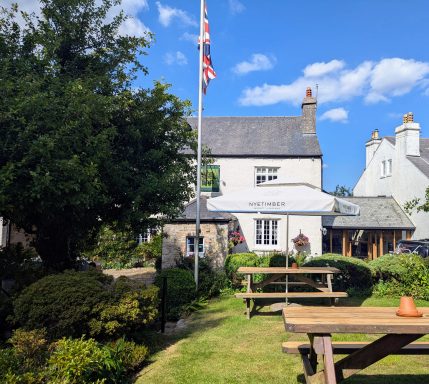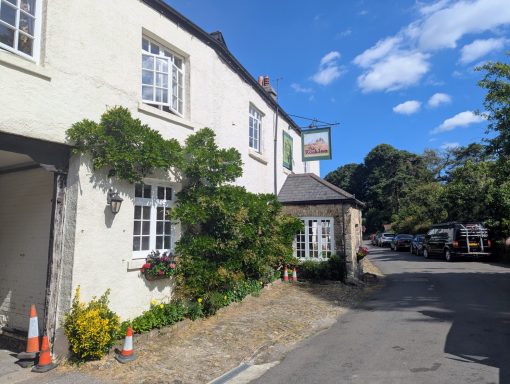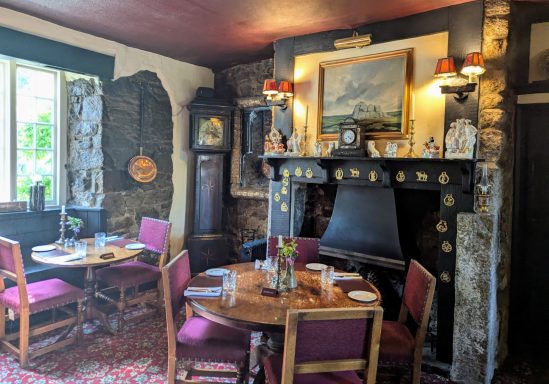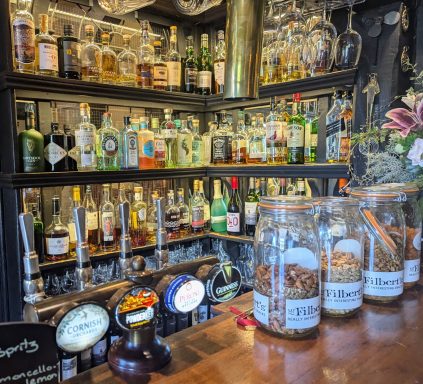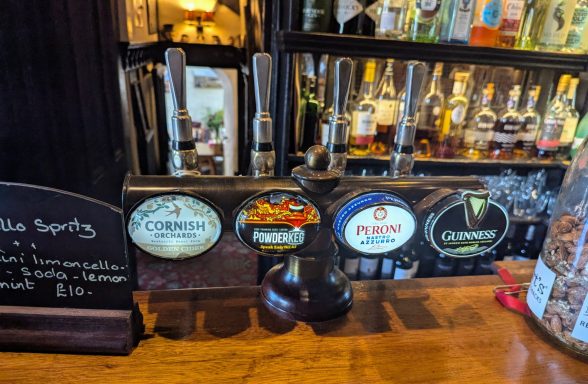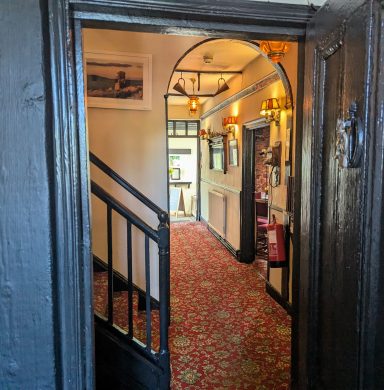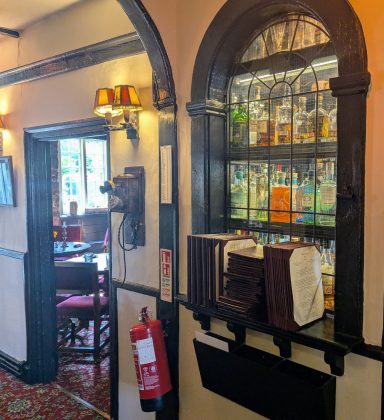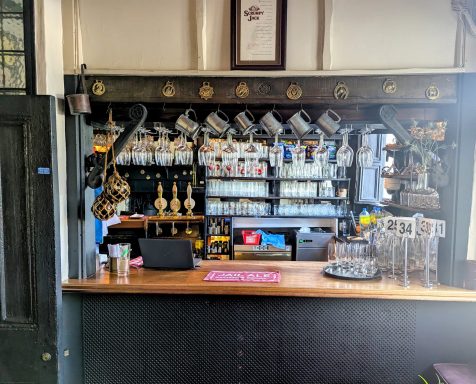The Rock Inn
This wonderful spot boasts a historical building rich with local character, offering a genuine sense of connection to the area's past. Complementing this heritage is a bright and inviting modern conservatory area, flooding the space with natural light and creating a refreshing atmosphere for guests to enjoy. You'll be greeted by friendly, helpful staff who are always ready with a smile, ensuring your visit is nothing short of delightful. Beyond the welcoming interior, prepare to be amazed by the massive beer garden. It's truly huge, providing an expansive and versatile outdoor space perfect for relaxing on a sunny afternoon or gathering with friends. For those who appreciate a good brew, there's a great selection of beers to choose from, catering to various tastes. Inside, you'll discover a fascinating layout with multi-levelled rooms, each offering its own unique ambiance and comfortable seating. Throughout, you'll find loads of charming "nic-nacs" and old-world treasures, adding to the character and creating a sense of history to explore. It's a place where every corner holds a little something interesting, making for a truly memorable experience.
P&P
Background....
The Rock Inn was constructed at the same time as a row of cottages, built to house quarry workers. Its establishment is directly linked to the 19th-century economic and industrial developments in the Haytor area, particularly the granite quarries.
The story begins with James Templer, who, after making a fortune in government contracts, purchased the Stover estate. His son, James II, built the Stover Canal in 1792 to transport clay. Later, James II's son, George Templar, began extracting high-quality granite from Haytor Down quarries in 1820. To facilitate the export of this granite, he built a granite tramway connecting Haytor to the canal. The Rock Inn was built concurrently with the cottages for the quarry workers.
Haytor granite was notably used in the construction of London Bridge, which opened in 1831. The tramway, though no longer in use after the granite quarries became uneconomic in the 1850s, is still visible today and can be traced by walkers across the moor. The last rock was quarried in 1919 and used for the Exeter War Memorial.
The area around the inn also had significant mining activity, with an old iron mine located a short walk away. This mine was highly productive between the 1850s and 1910, employing over 80 workers in its most productive years.
While little official history of The Rock Inn exists, deeds for the "Haytor Buildings" (including the cottages) are displayed at the inn, and a guestbook from 1903 to 1940 is still at reception, serving as a historical document. The building has always been privately owned, family-run, and operated as an inn. The current Graves family has owned the inn since 1983.
The Rock Inn is a traditional English country inn, offering hospitality, good food, and shelter since its foundation. It is known for its relaxed, friendly atmosphere and personal service. It has received multiple AA Rosette Awards for Culinary Excellence.

